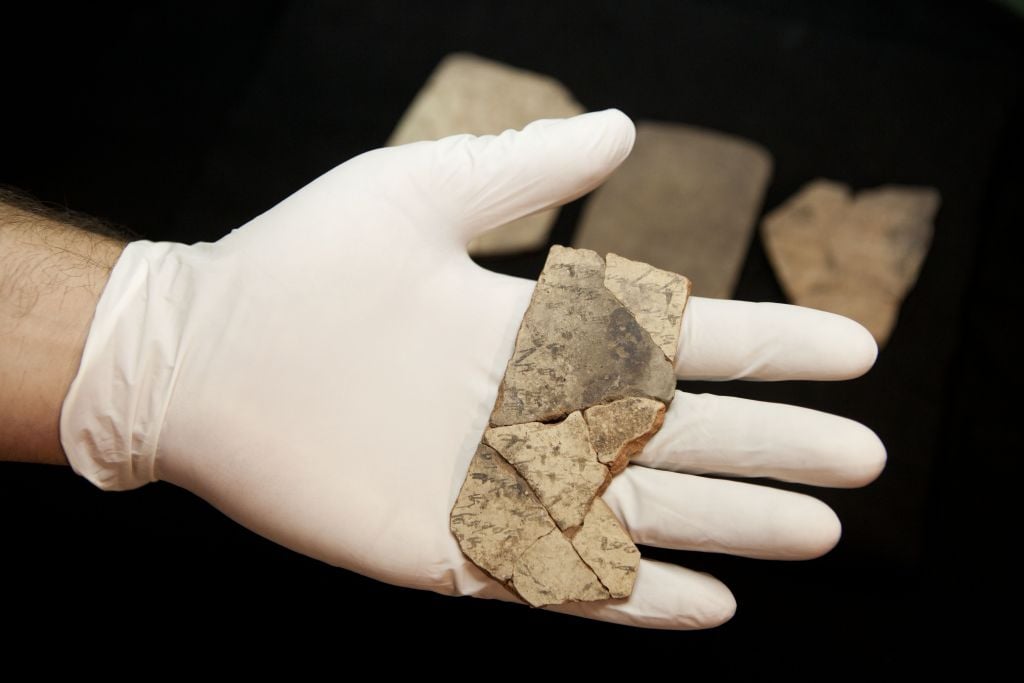Archaeologists have reexamined a trove of sixth-century BCE pottery inscriptions from a Judean military outpost at Tel Arad, revealing new insights into how biblical Judeans tracked time and managed supplies. The study, published in the Jerusalem Journal of Archaeology, highlights the use of a sophisticated calendar system, possibly dividing a 30-day month into six-day intervals, to regulate food distribution and administrative tasks. These findings also suggest a higher level of literacy and numeracy among the soldiers than previously assumed, with multiple scribes involved in daily correspondence.
The research adds to ongoing debates about ancient calendrical systems, with some scholars proposing a 360-day administrative year and others pointing to the coexistence of schematic and lunar calendars. While the precise structure of the calendar remains uncertain, the study underscores the practical and technical nature of timekeeping in Iron Age Judah, which only later became a defining aspect of Jewish identity.

 image sourced from original article at
image sourced from original article at 


